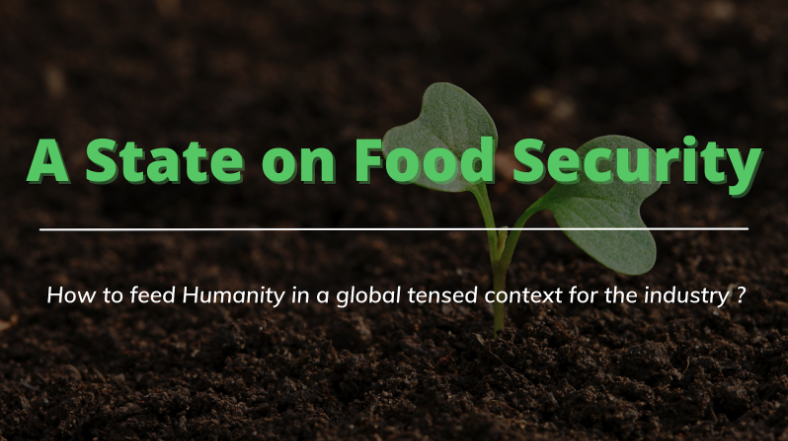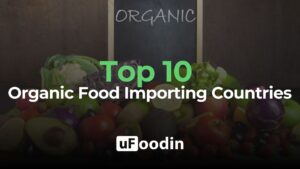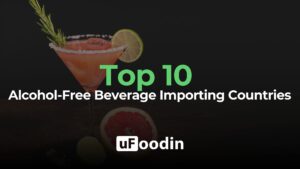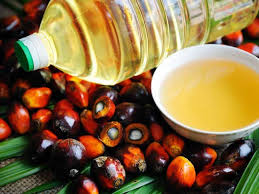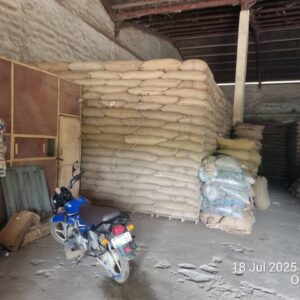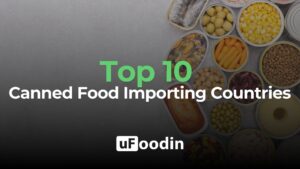A state on the Global Food Security in a tensed context for the Food & Beverage Industry
1- Overview of food security
“Food security exists when all people, at all times, have physical and economic access to sufficient, safe and nutritious food that meets their dietary needs and food preferences for an active and healthy life”. (World Food Summit, 1996)
Food security relies on 4 key points :
- Food availability : guarantees that food is delivered in sufficient quantities and appropriate quality
- Food access : guarantees that all individuals access adequate foods for a nutritious diet.
- Utilization : includes adequate diet, clean water, sanitation to reach nutritional well-being and meet all physiological needs.
- Stability : guarantees the access to adequate food at all times. Sudden shocks as crisis or cycle events should not risk losing access to food.
The main threats to food security are :
- The world population growth
- The increase demand for food
- Food prices
- The extinction of agricultural species
- The scarcity in terms of water and availability of land
- Food losses and waste
2- How was food security going in 2020 & 2021 ?
Because of the Covid-19, world hunger increased in 2020. The undernourishment increased from 8.4 to 9.9% in 1 year and almost 12% of the global population was food insecure in 2020.
The pandemic definitely exacerbated the challenge of achieving the Zero Hunger target by 2030. In 2020, between 720 and 811 million people suffered from hunger. The most affected regions of the world are Africa (21% of the population), Latin America (9.1%) and Asia (9%).
Because of the pandemic, food insecurity increased for the first time since 2014 in Northern America and Europe.
Meanwhile, childhood overweight and adult obesity continued to grow, driven by high incomes of processed foods, fats, sugar and salt combined with low physical activity. The most affected regions are Eastern and Southern Asia, Australia and New Zealand for childhood overweight ; and Northern America, Western Asia, Australia and New Zealand for adult obesity.
3- Long-term impact of the Covid-19
Combined effects of the pandemic with global recession, climate change and disruptions in industries could disrupt the food systems with dramatic consequences.
Food shortages will continue to increase all around the world because of raw ingredients shortages and disruptions on the whole supply chain of the food industry. This will increase the prices of staple foods and result in widening gaps between people around the world.
“Accelerated actions are needed, not only to maintain progress, but also to make greater strides towards the global nutrition targets – particularly in the wake of the COVID-19 pandemic.” State of food security and nutrition in the world 2021

